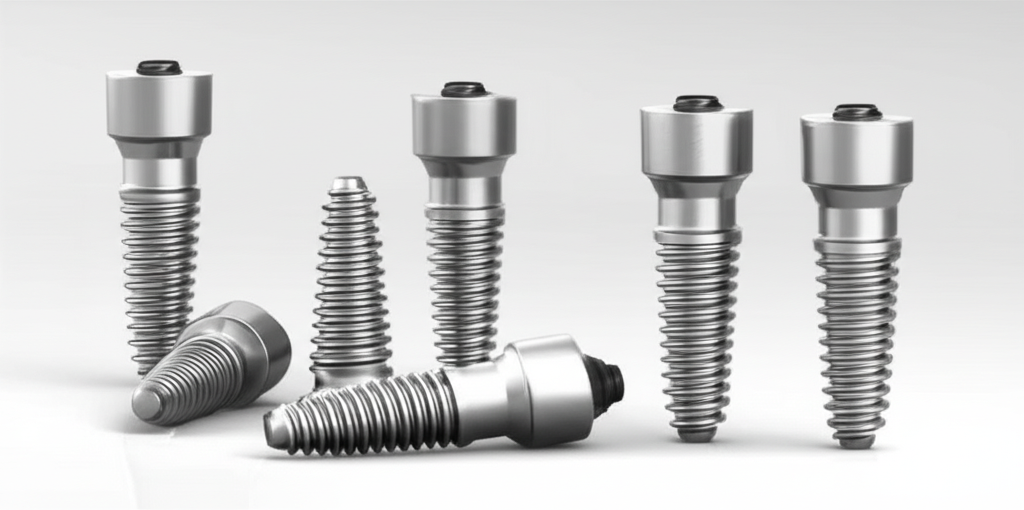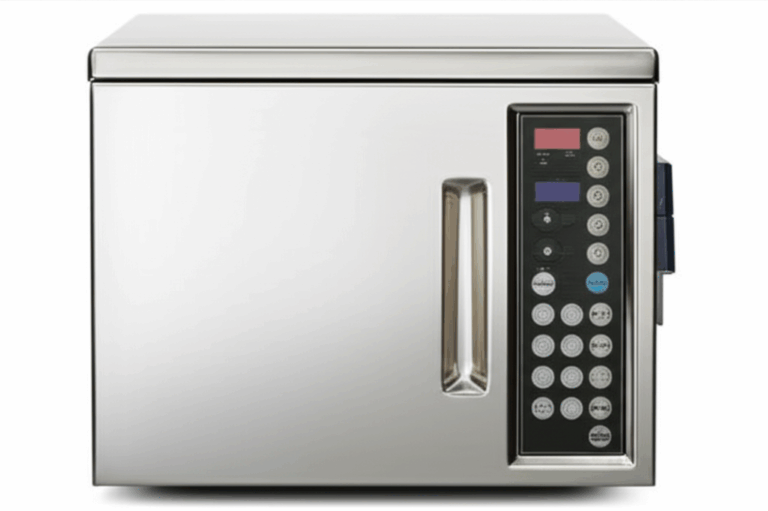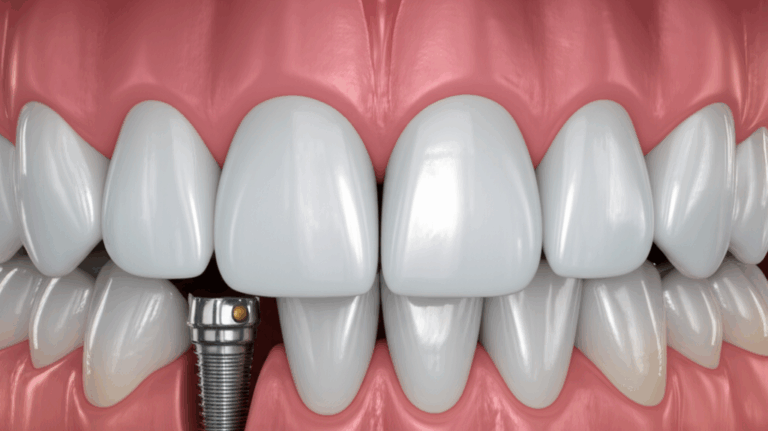
What Is a Sinus Lift for Dental Implants?
Your Simple Guide to Bone Grafting, Recovery, and a Confident Smile
Have you been told you might need a sinus lift before getting dental implants in your upper jaw? You’re not alone—and yes, it’s totally normal to feel a bit nervous or confused here. Words like “sinus augmentation,” “bone graft,” and “maxillary sinus” can sound pretty scary. But here’s the thing: a sinus lift is a well-known, safe procedure that helps thousands of people every year get back their missing teeth and their smile.
Maybe you’re asking:
- What is a sinus lift?
- Why would I need one for a dental implant?
- Does it hurt? What is recovery like?
- Do I really need it? Are there other options?
These are all good questions—exactly the kind you should be asking. Think of this guide as your map through the unknown, with a friendly expert showing you the important stops, a few bumps, and the best way to get where you want to go.
Table of Contents
What Is a Sinus Lift?
A sinus lift (sometimes called a sinus augmentation) is a surgery done by a dental specialist—usually an oral surgeon or gum specialist. The main goal? To add more bone to the back part of your top jaw (where your molars and premolars are), right under your cheekbones and under your sinus. Why? Because dental implants need enough strong bone to stay in place for many years.
Think of your jawbone like soil for planting a tree. You wouldn’t plant a small tree in thin, rocky soil—it just won’t grow roots or last through a storm. Implants are similar. If your bone is too thin or too shallow (often happens in the upper jaw), the “roots” (implants) can’t hold well. That’s when a sinus lift is needed.
During the sinus lift, your doctor gently lifts the floor of your sinus and fills the space with new bone material. This gives more bone height and thickness for your future implant.
Why Might You Need a Sinus Lift for Dental Implants?
Why Do Some People Need This?
Not Enough Bone, Not Enough Support
There are a few normal reasons why you might not have enough bone in your upper jaw for a simple dental implant:
- Bone Loss After Losing Teeth
If you lose a tooth, your jawbone doesn’t get the chewing pressure it used to, and over time it shrinks—this is called resorption. - Bigger Maxillary Sinus
As we get older (and especially after we lose teeth), the empty sinus space above your upper jaw can slowly get bigger, moving down into where your jawbone was. - Gum Disease, Accidents, or Infections
Gum problems, injuries, or infections can speed up bone loss.
All of these can leave you with less than the 8–10 mm of bone needed for a solid dental implant.
What If You Place an Implant Without Enough Bone?
Doing this is risky:
- The end of the implant might poke into your sinus (ouch), causing pain or infection.
- The implant may not fully join with your bone (“osseointegration”), so it can be loose and even fall out.
- You might have long-term pain, sinus issues, or need more surgery later.
The Sinus Lift Fix
A sinus lift stops these problems before they start. It’s not just “extra surgery”—it’s building a good base so your implant can actually work.
Types of Sinus Lift Procedures and Bone Graft Materials
How Your Doctor Chooses What’s Best
There are Two Main Ways:
1. Lateral Window Sinus Lift
This is the common or “outside” way—used when you have a lot of bone missing.
- The doctor makes a small window in the side of your upper jawbone, gently lifts the sinus lining, and fills in new bone material.
- It’s like adding insulation to your attic—you pull back a bit of ceiling, put in new material, close it up and let it settle.
- The healing takes longer, but it lets your doctor add a lot of bone where you need it most.
2. Crestal (Osteotome) Sinus Lift / Inside Sinus Lift
A less intense choice for a little bone loss.
- Instead of making a window from the side, the doctor works from where your implant will eventually go.
- The sinus lining is carefully lifted from below, and only a small amount of bone material is added.
- This is faster, with quicker healing, but only works if you already have 5–7 mm of bone and just need a bit more.
Your doctor will pick the right method for you, based on your own jaw and your dental plan.
What Kinds of Bone Graft Materials Are Used?
There are several options, each with their own good and bad points:
- Autogenous Bone: Taken from your own body (like your chin or hip). It’s natural and works very well, but means two places need to heal.
- Allograft: Bone that comes from another human (cleaned and safe). No second surgery for you, used a lot.
- Xenograft: Bone from animals (mainly cows). Also safe and helps your body build bone.
- Alloplast: Synthetic, man-made bone (like special medical ceramics). Good for people who don’t want animal or human grafts.
Your doctor will talk to you about which works best for you—they may even mix materials to get the best result.
What Happens Before, During, and After a Sinus Lift?
Here’s What to Expect—Step by Step
Before the Sinus Lift: X-rays and Planning
A sinus lift isn’t done without careful planning. Here’s what to expect first:
- Complete Exam and Health History: Your teeth, other health problems (like smoking, diabetes), and your medicines are checked.
- Imaging: Regular x-rays and sometimes special 3D scans to see your bone height, sinus, and to make it safe.
- Treatment Planning: Your doctor works out the best approach—what bone material to use, when your implant can go in, and all the timing.
During the Sinus Lift: Making You Comfortable
You’ll get numbing shots (local anesthesia) or, if you’re really nervous, even stronger medicine to help you relax.
During the surgery:
- The doctor makes the opening, lifts the sinus lining carefully, and puts in the bone material.
- The area is closed, and you might have a little bleeding, some pressure, or a bit of swelling.
- You go home the same day (most of the time).
After the Sinus Lift: First Recovery
The first 2 weeks are all about healing and not putting pressure on the area:
- Pain Care: Most people just use over-the-counter pain meds; some get a stronger prescription.
- Antibiotics/Anti-inflammatories: To stop infection and swelling.
- Eating: Stick to soft foods, avoid hot or spicy foods, or foods that are tough to chew.
- Gentle Rinsing: No strong rinsing, no spitting hard, no using straws, try not to sneeze or blow your nose hard.
- Rest: Keep your head up and take it easy for at least a few days.
Your doctor will give you a list of dos and don’ts—follow these closely!
Recovery: From Surgery to Getting Your Dental Implants
1. First Healing (First 1-2 Weeks)
You’ll have some swelling, maybe a bruise, and possibly a stuffy nose or a bit of discomfort. These usually go away fast.
2. Bone Healing (4–9 Months)
Bone doesn’t form overnight—it takes time for your body to heal and harden the graft. During these months:
- Your doctor checks in with x-rays from time to time.
- You’ll usually wait 4–6 months before the implant, sometimes longer if you needed a lot of bone.
- In some cases, the implant can be placed at the same time as the sinus lift (if you have enough good bone). This can make your whole treatment faster.
3. Implant Placement: The Next Step (or Sometimes the First!)
When your new bone is ready and strong, your doctor will schedule your implant surgery—the stage where a small metal post is put in to hold your new tooth.
Implant success rates are high:
- If the implant is placed after healing: 95–98% success
- If the implant is placed at the same time as the sinus lift (if you qualify): 85–95% success
Risks, Complications, and How Safe Is a Sinus Lift?
Every surgery has risks, and honesty is important. But problems with sinus lifts are rare and usually not serious.
The Most Common (Usually Small) Side Effects:
- Swelling and Bruising: Your cheek may swell or you might get some bruising.
- Mild to Medium Pain: Most people say it feels sore rather than really painful.
- Stuffy nose or a mild nosebleed after surgery (especially if you have allergies or a cold).
- Sinus pressure or fullness for a few days.
More Serious, But Rare Problems:
- Sinus Lining Tear: The thin sinus cover can tear (up to 20–30% in the “lateral window” method, less in the crestal way). Doctors can usually patch it right away.
- Infection: Always possible, but it’s not common and antibiotics keep infection rates low (2–5%).
- Bone Graft Doesn’t Work: Very rare—might need another try.
- Sinus trouble or bone graft falling in the sinus (also not common, and treatable).
Tip: Smokers, people with uncontrolled diabetes, or those with long-term sinus problems have a higher chance of problems. Always be clear about your health history.
What Helps You Heal Well:
- Picking an oral surgeon or periodontist who does a lot of sinus lifts.
- Following your aftercare instructions.
- Stopping smoking, at least for a while.
- Taking care of any long-term health problems.
How Much Does a Sinus Lift Cost?
And Does Insurance Pay?
Short answer: It costs money—but it’s the base you need for many years of eating and smiling with confidence.
Usual Price Ranges (in the U.S.):
- $1,500 to $3,500 for each sinus, with bigger or tougher cases up to $5,000.
What Changes the Price?
- The method used (side-window costs more than crestal lift).
- What kind of graft material (your own bone is usually more expensive, synthetic materials can be cheaper).
- Type of anesthesia.
- Where you live and your doctor’s experience.
Insurance:
- Most dental insurance plans don’t cover sinus lifts unless you have special benefits for implants and big surgeries.
- Some medical insurance may help if there’s a clear health reason, but it’s rare.
- Always get a price quote and ask for insurance info ahead of time.
Remember: A sinus lift is usually not included in your dental implant price, so ask for a full cost breakdown at your appointment.
Are There Other Options Besides a Sinus Lift?
Other Paths to Dental Implants
If a sinus lift sounds like too much, you might wonder if there’s another way.
Yes, depending on your jaw:
- Shorter Dental Implants: These fit into less bone, but can’t be used by everyone and may have limits.
- Zygomatic or Pterygoid Implants: For bigger bone loss, long implants can be attached into the cheekbone or the very back of the jaw. These need special training and aren’t available everywhere.
- Bridges or Removable Dentures: If an implant just isn’t possible, you can still improve chewing and smiling with a good bridge or denture. Many people do fine with these when made well.
Talk over these with your doctor—sometimes the best choice isn’t what you expect.
Who Is a Good Candidate for a Sinus Lift?
A sinus lift might be right if…
- You’re missing upper back teeth and want a solid, long-lasting fix.
- Your jawbone is less than 8–10 mm deep because of bone loss or your sinuses are too big.
- You’re healthy enough for small surgery and okay with the healing time.
- You’ll take care of your teeth and follow doctor’s orders.
But it may not work if…
- You have a tough health problem (like uncontrolled diabetes), bleeding issues, or a sinus infection.
- You’re a heavy smoker (quitting may help!).
- You don’t want to deal with the healing time.
The best way to know: Get a screening x-ray and talk with an oral surgeon or gum specialist who will look at your own case.
Main Points to Remember
Let’s sum up with some easy truths:
- A sinus lift is a safe, trusted way to build up your upper jaw and help hold dental implants.
- It’s often needed, not “extra”—if you’ve lost bone due to missing teeth, sinus growth, gum disease, or injury.
- The surgery does mean some healing time, but most people handle it just fine.
- Most sinus lifts work—success rates are 90–98%, and most patients get to smile and chew well for many years.
- Problems are possible but rare. Choosing a skilled doctor and following instructions lowers your risks.
- There are other options (short implants, bridges, dentures, zygomatic implants) if you need them.
- Costs are different everywhere—make sure you know what you’re paying for and check your insurance.
- Learn first: Get a consult, a 3D scan, and talk about your choices before deciding.
Ready for the Next Step?
Your smile, your confidence, and your ability to enjoy food and life—these are worth caring for. Never be scared to ask questions or get another opinion. The more you know, the better your choices for your teeth and your health.
If you want to see more about tooth replacement options, visit our guide to dental implants.
Best next step? Find a local oral surgeon or periodontist who does sinus lifts and dental implants, and set up a visit. You’re investing in more than teeth—you’re investing in a lifetime of smiles.
Sinus Lift FAQs (Quick Answers)
Q: Is a sinus lift painful?
A: Most people say it feels sore or a little achy, not really painful. You’ll get numbing medicine during surgery and pain pills after if you need them.
Q: How long for recovery?
A: Plan for a week or two of recovery, then 4–9 months for the bone to fully heal. After that, you can get implants.
Q: What foods should I avoid after surgery?
A: Eat soft, cool or room temperature food. No hard, crunchy, chewy, spicy, or very hot foods until your doctor says it’s OK.
Q: Will I need another surgery?
A: Sometimes if you have enough bone left, your doctor can place the implant during the sinus lift. Otherwise, you’ll get the sinus lift, wait, and then get the implant.
Q: What if I don’t do a sinus lift?
A: If you don’t have enough bone, your implant could fail or not be possible at all. There are other ways to replace missing teeth, but they may not be as strong or last as long.
References & Resources
- American Association of Oral and Maxillofacial Surgeons (AAOMS): www.aaoms.org
- American Dental Association (ADA)
- Top research and clinical reports in dental implant science
Remember: Every mouth is different. Your dental team’s advice will fit your needs, always working for the safest, best way to bring back your healthy smile.
Author: Friendly Dental Education Team
Here to make complex dental info easy for everyone.








